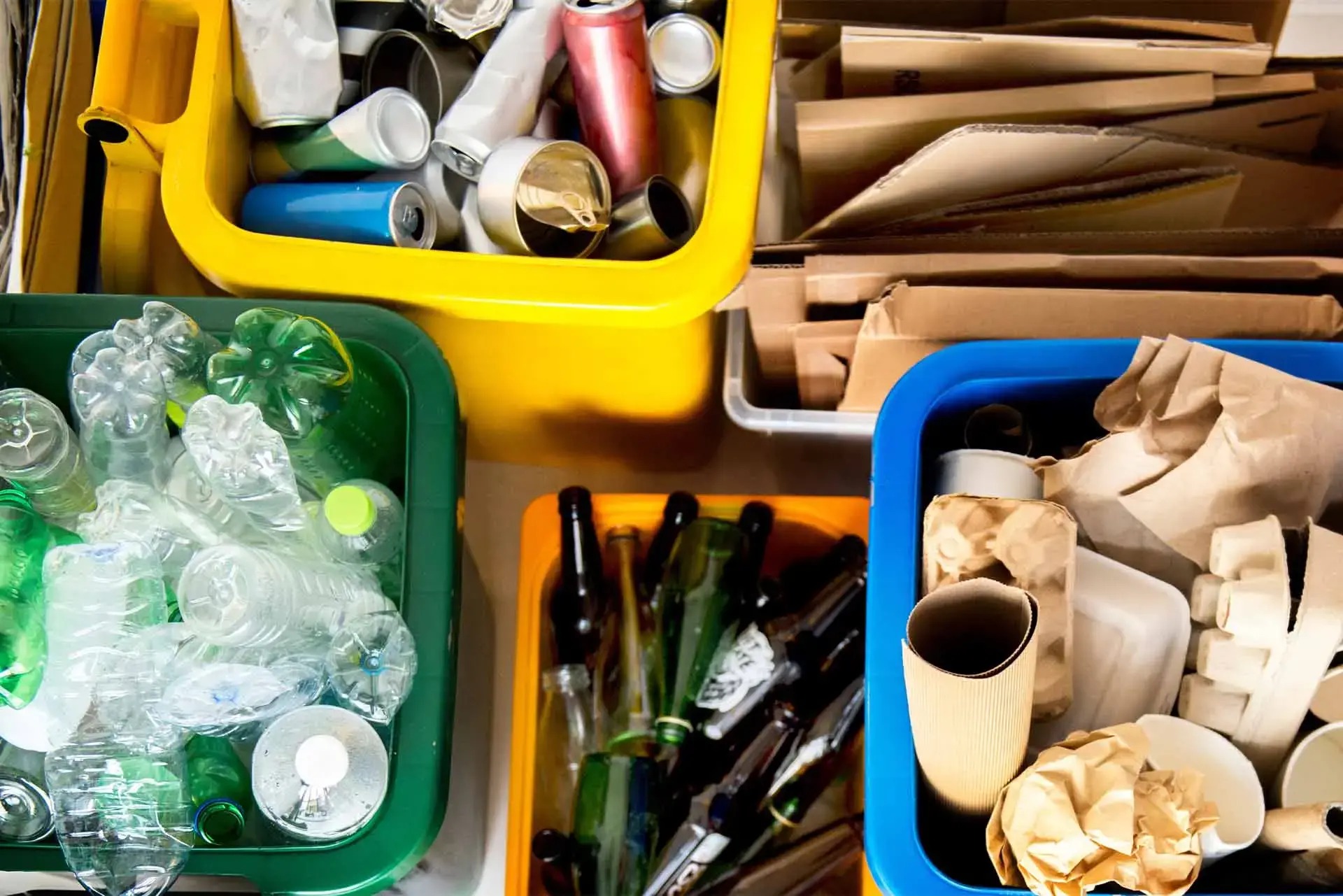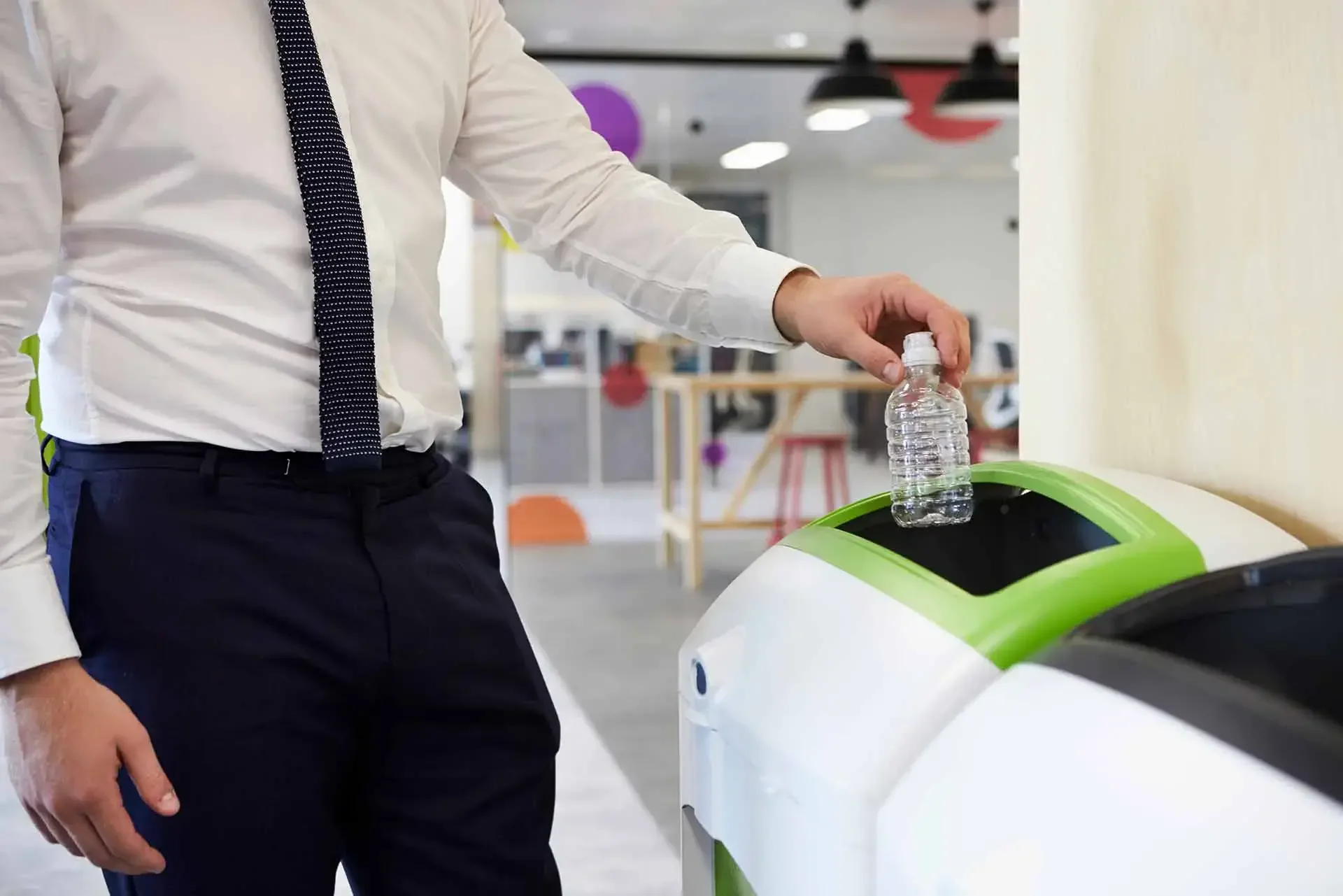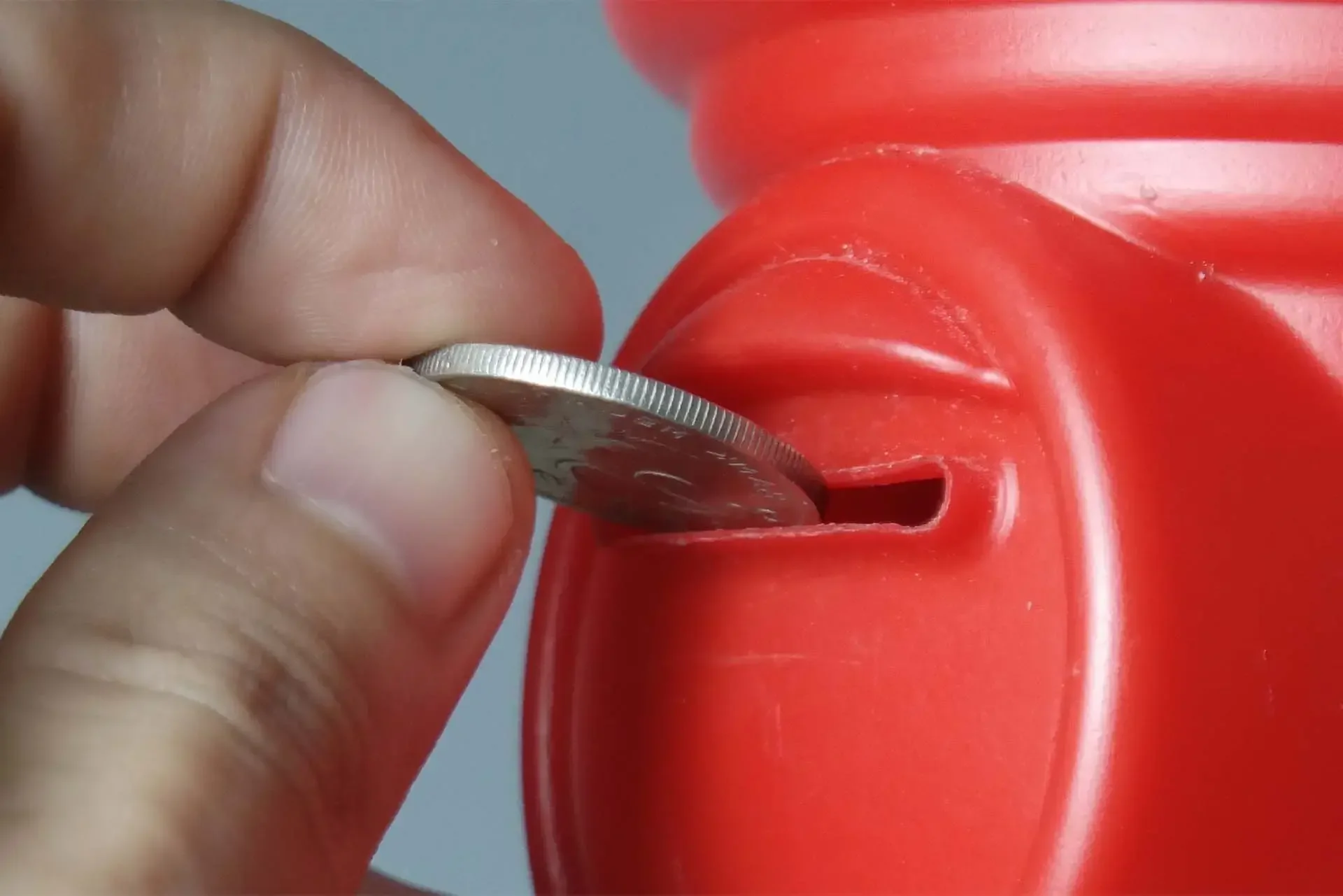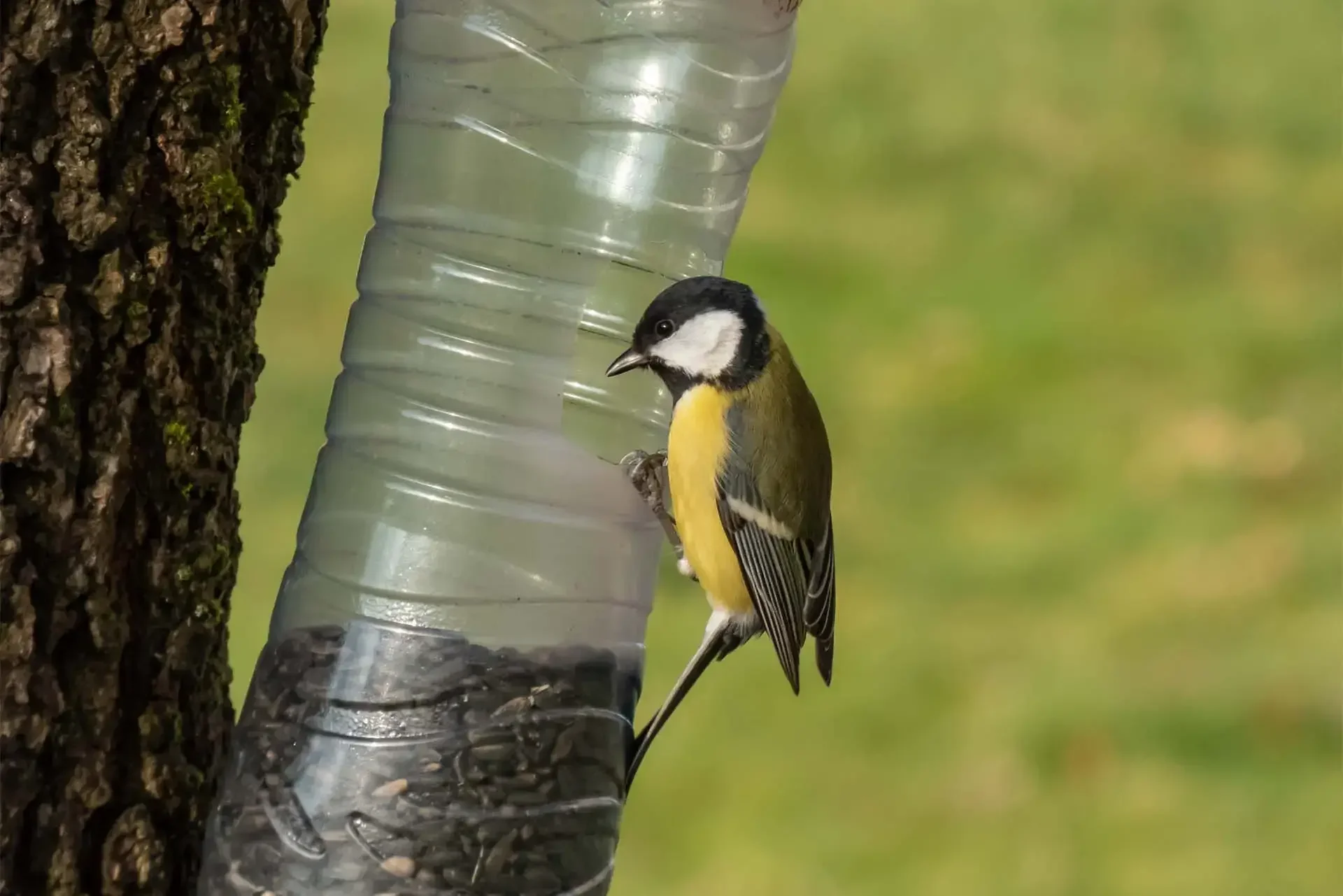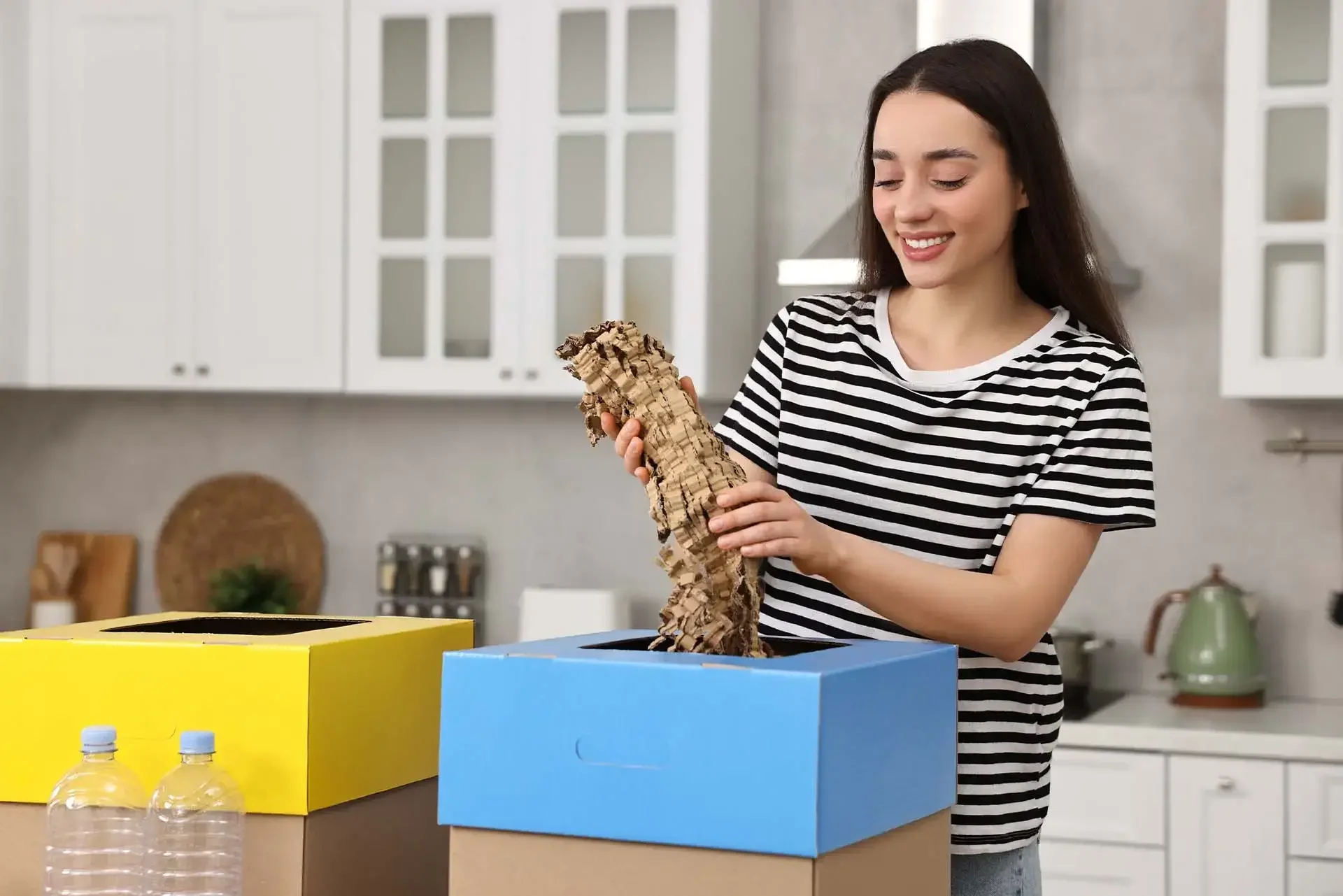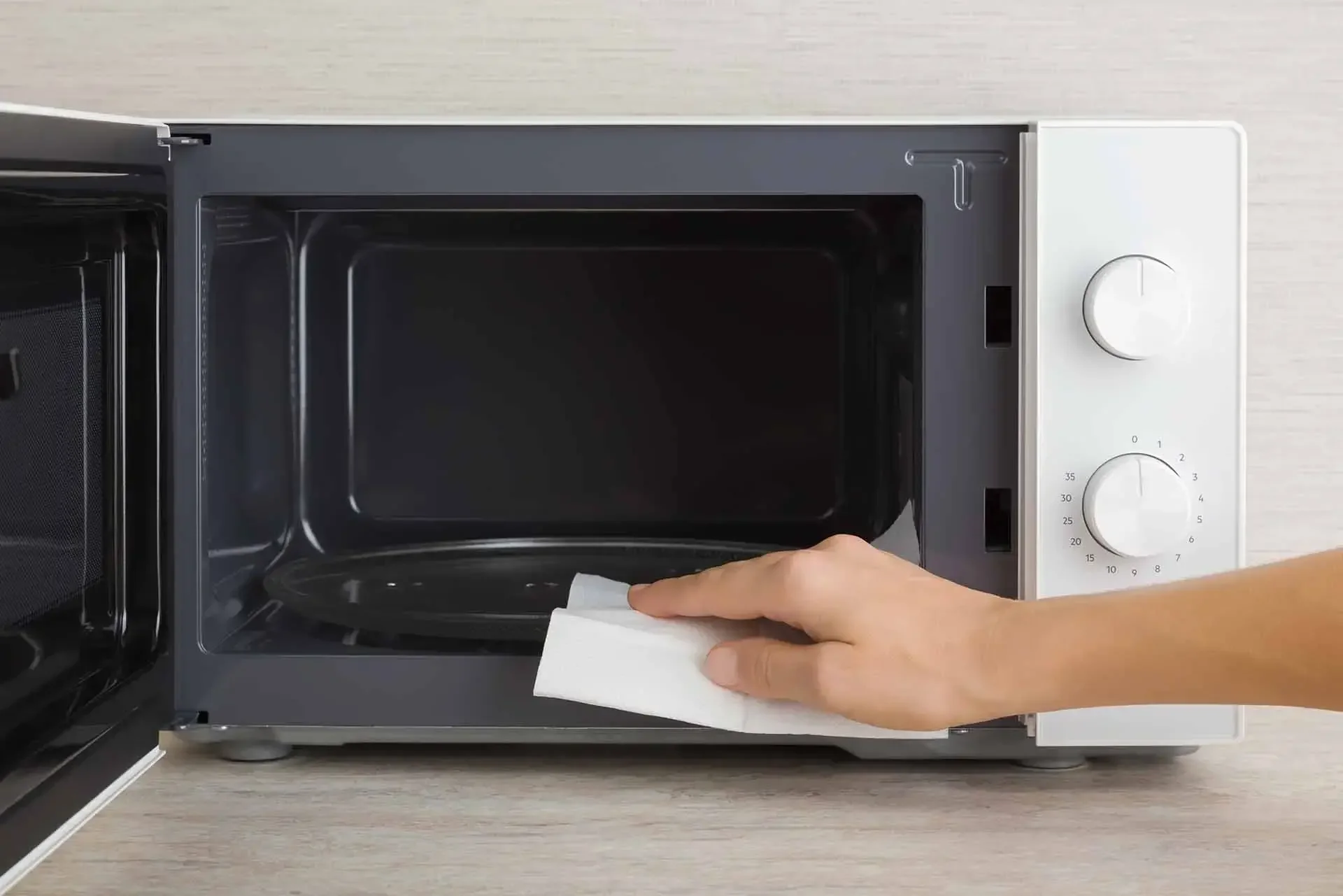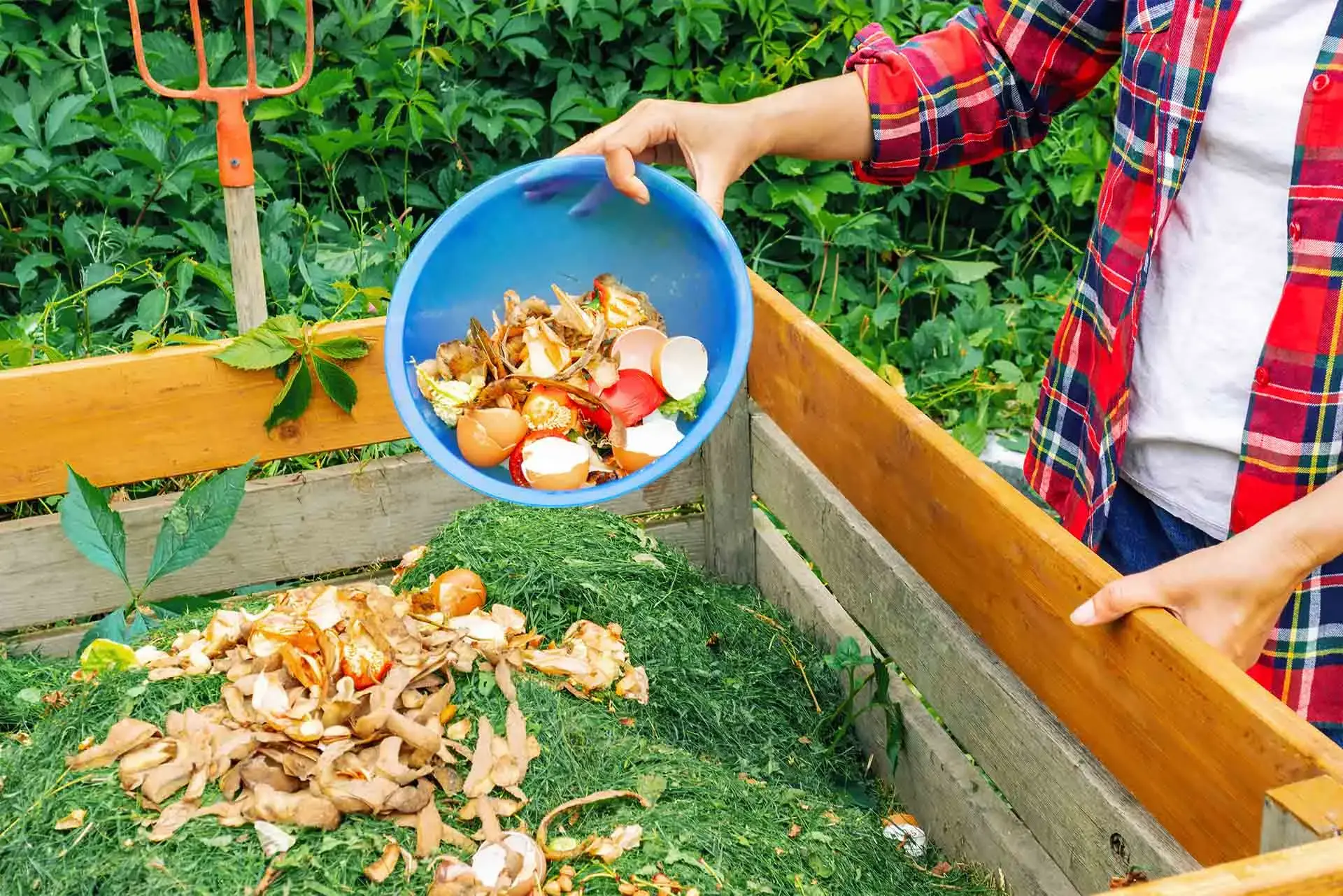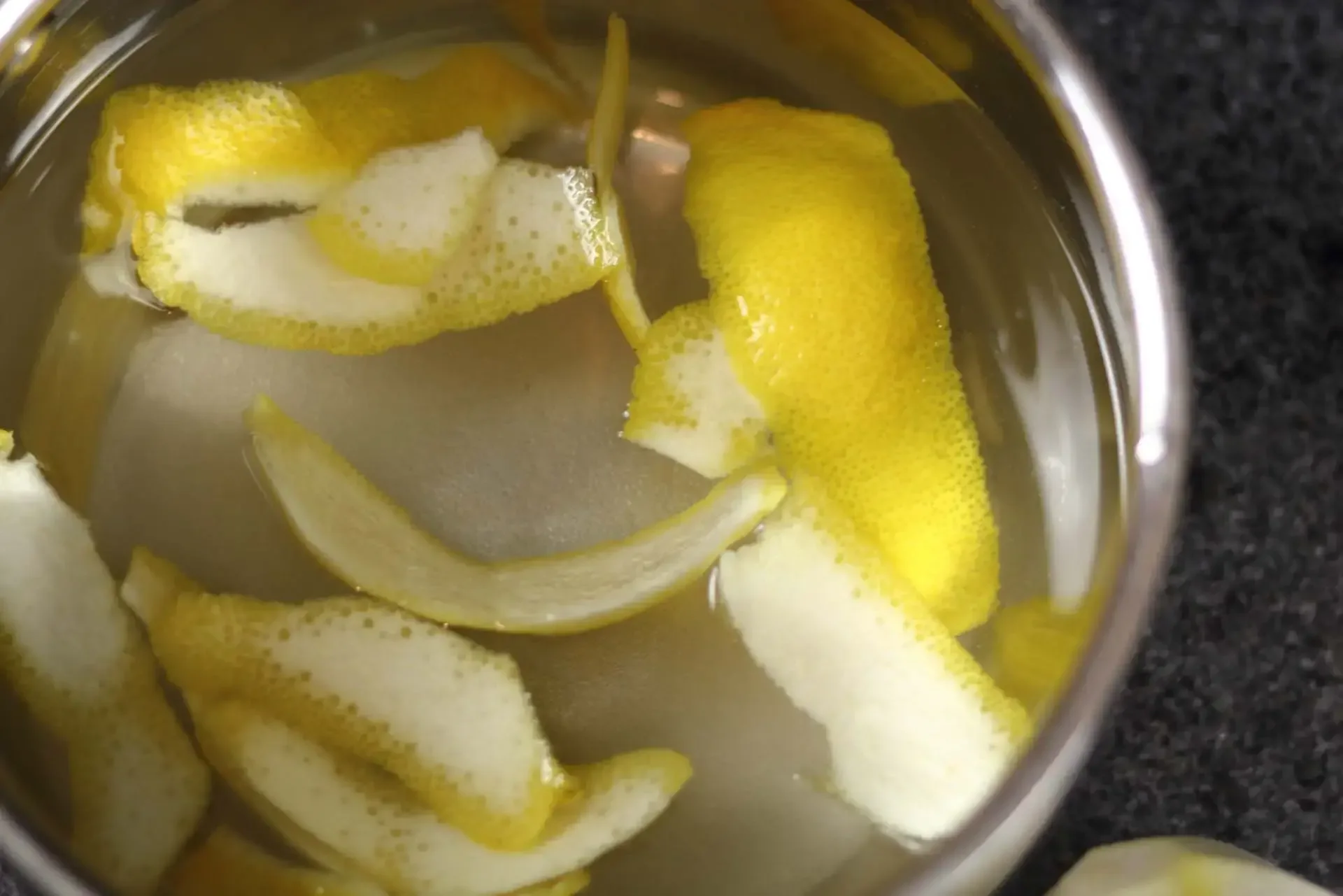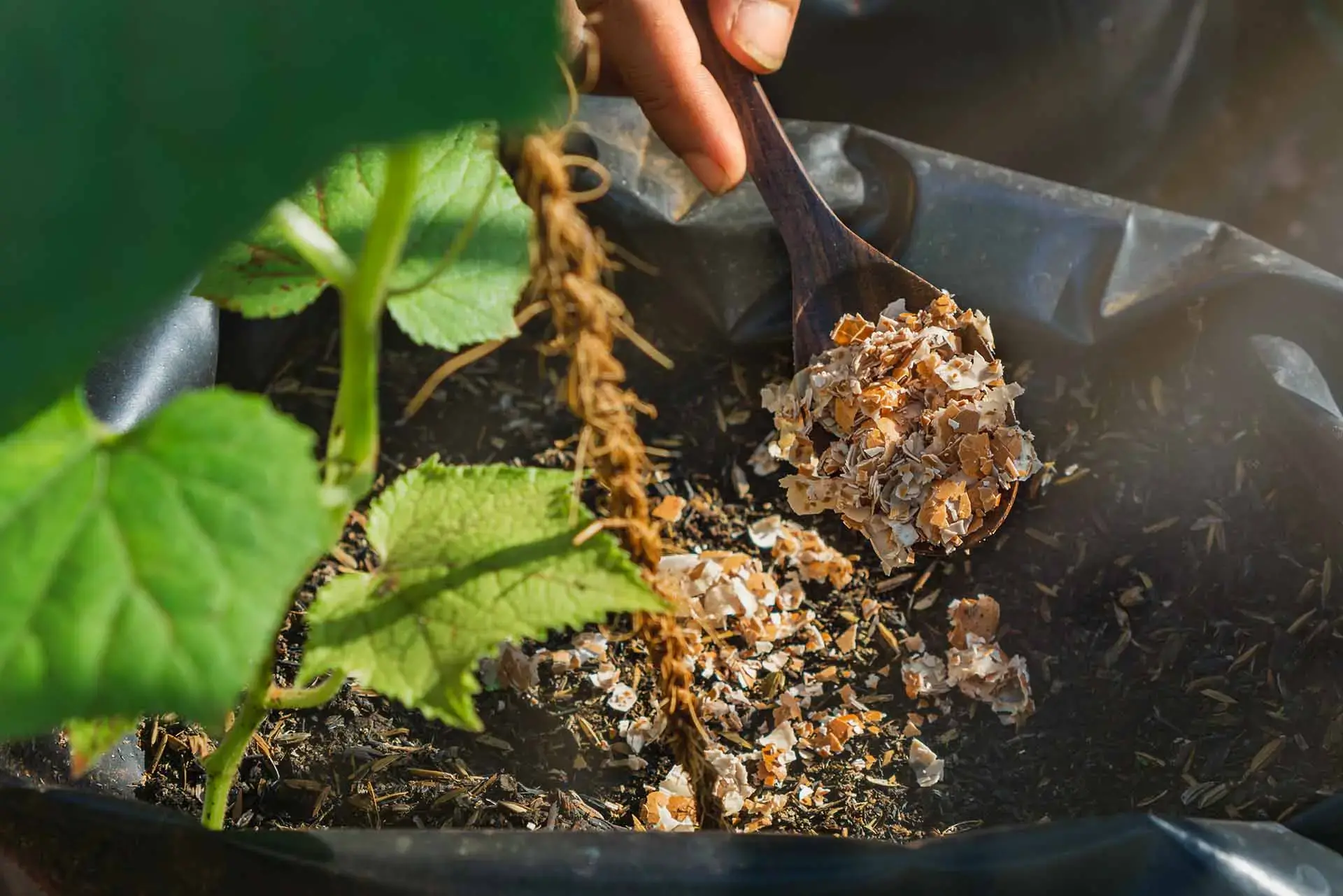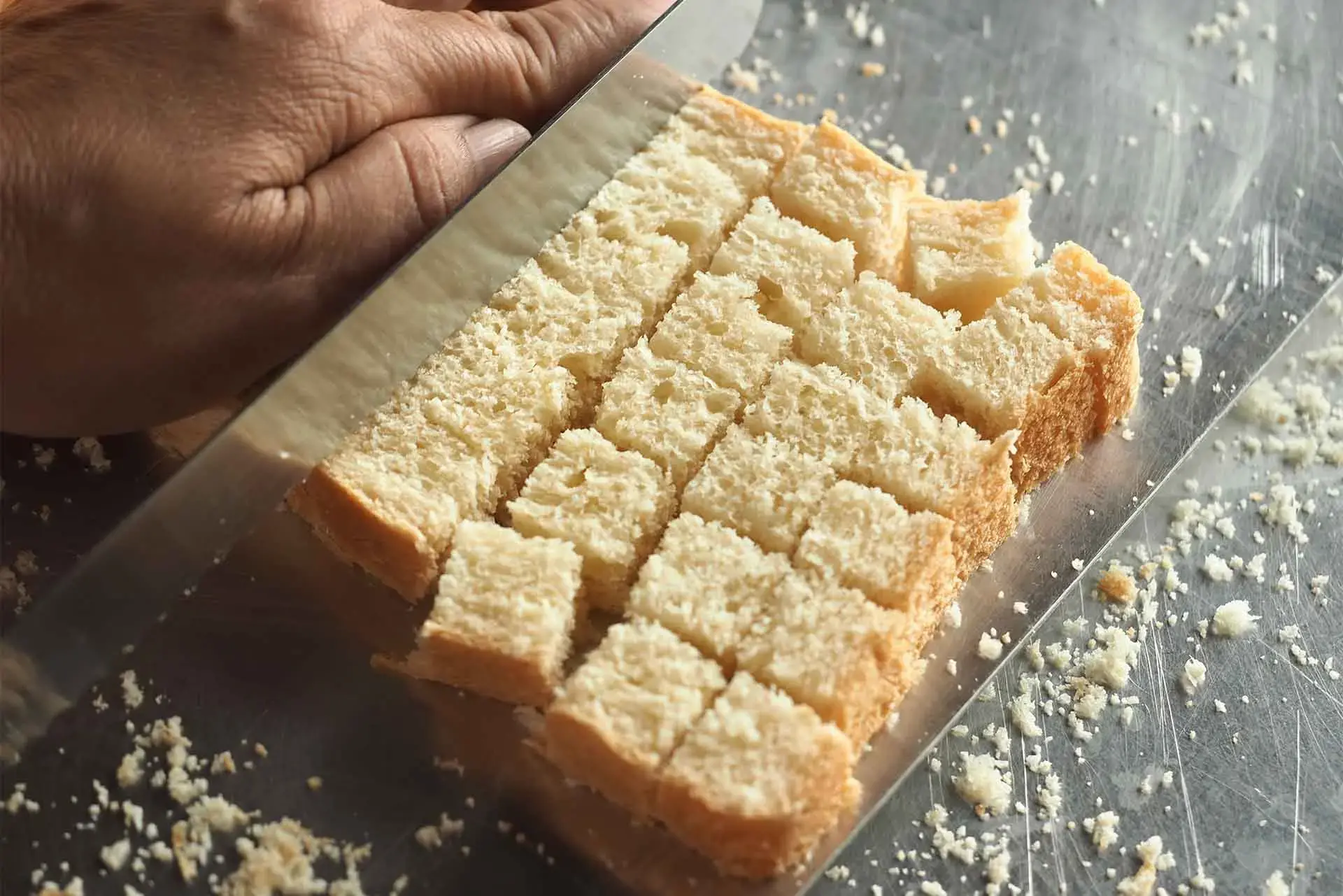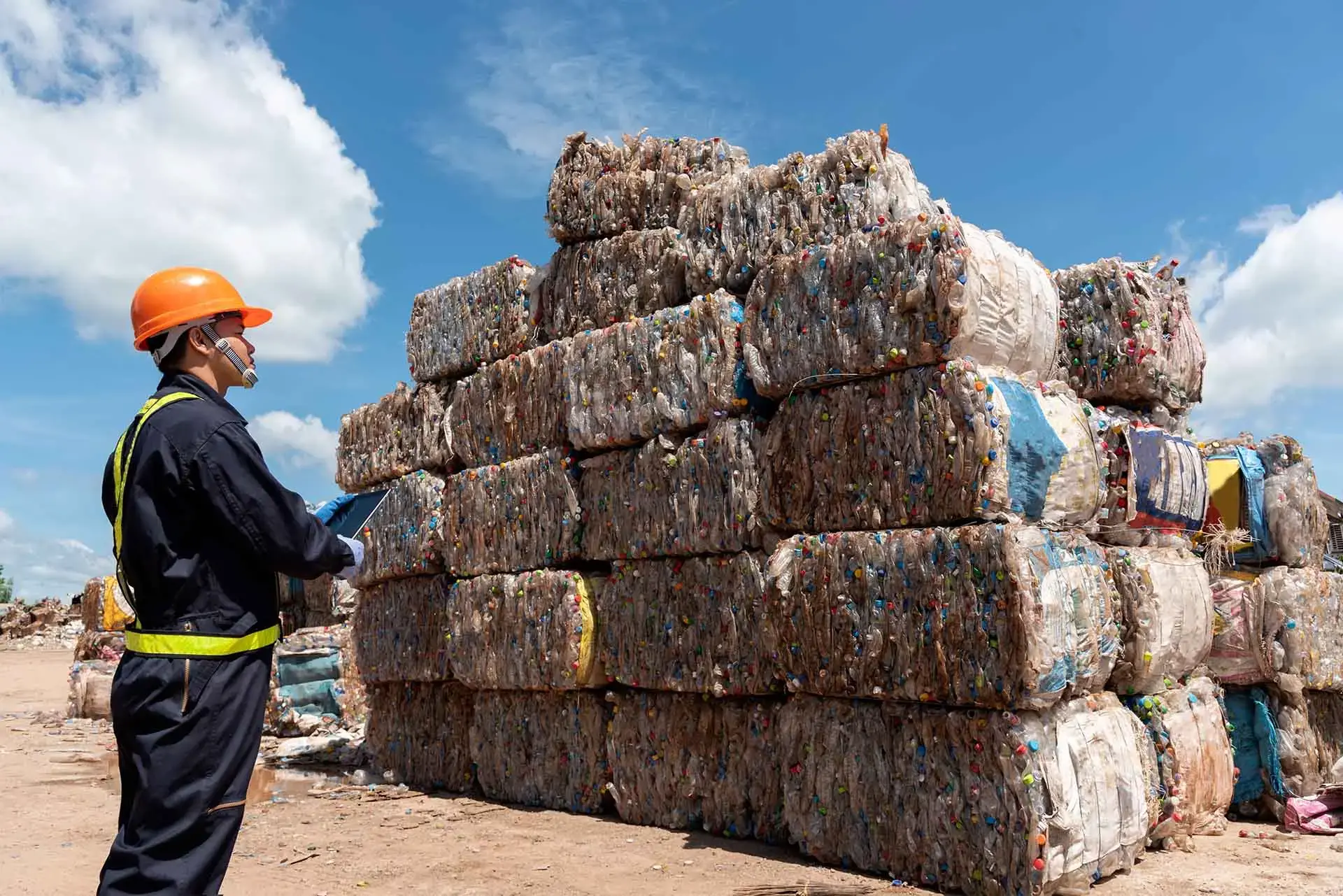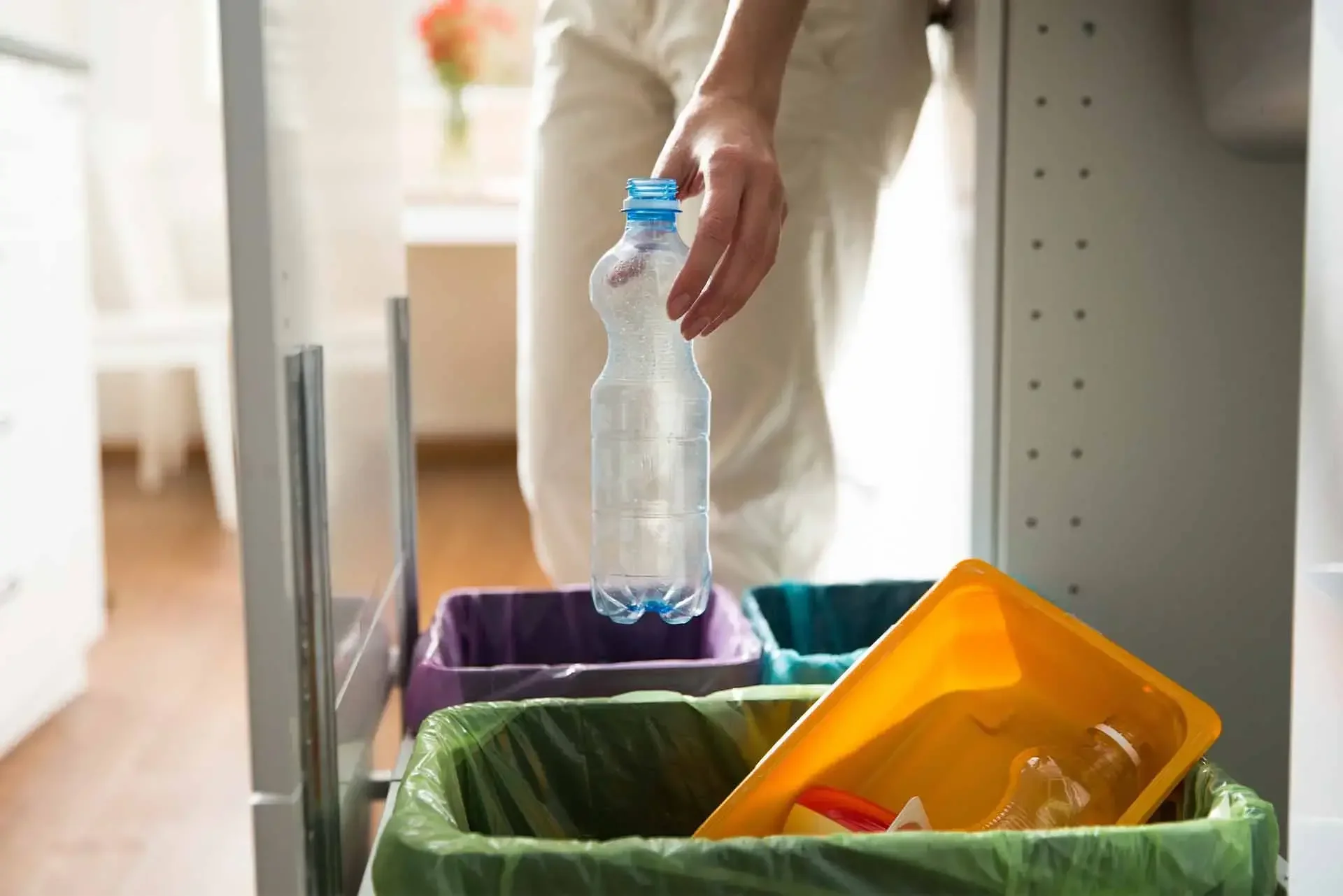“Reduce, reuse, recycle”—Thanks to this popular global campaign, people around the world and in the Philippines can easily remember what to do with their waste as they recite these words like nursery rhyme. But once in a while, we may not have the energy or the time to follow these steps to a tee. Don’t worry! We can always keep on trying and we’re here to help you out with a few tips that can keep your recycling habits in tip-top shape.
Embrace recycling in your daily routine with simple steps and creative DIY projects. Learn to segregate waste easily at home, try composting for a greener environment, and repurpose items like plastic bottles and paper for various purposes. Together, let's contribute to a more sustainable future and a cleaner planet.

We mean this quite literally! Knowing is half the battle, so take notes because we’re breaking down the difference between recyclables and non-recyclables. Simply put, recyclables are dry and inorganic waste such as paper, plastic, metal, glass, and rubber, to name a few. While non-recyclables are wet and organic waste food items that you can easily reuse and repurpose.
Now that we have the basics down, what do we do with these items?
You’ve probably seen color-coded bins placed neatly outside malls and other establishments. It makes segregating your trash so much easier, doesn’t it? You can easily replicate this at home without having to spend on those huge bins! Simply label two trashcans with either wet or dry and be sure to inform everyone at home of where to throw their trash.
And if you want to take segregation a step further, you can try composting, too! Now, it may sound a bit intimidating, but it’s a lot easier than it sounds. All you have to do is find a good spot outdoors, like your garden or a public park. Once you’ve done that, just bury it around 12-18 inches to help fertilize the soil.
Try a DIY
Another man’s trash is another man’s treasure – or it could be your own, instead! Now that you know the types of waste and have segregated them, you can try these fun DIY projects for yourself to help reuse any recyclable item.
Plastic bottles can be used as:
You can even ask the kids to paint them to make it a fun bonding activity
Keep some cash without throwing out additional trash!
You can use old bottles to store liquid condiments.
Fill up an empty bottle with bird food and pierce it with sticks, allowing enough feed to spill out, while also giving your feathered friends a place to perch on.
Paper can be turned into:
You’ll be ripping them up anyway, so why not wrap up any gifts using some old newspapers or magazines as a creative way to surprise a loved one.
No need to run out to the store for your furbabies’ needs.
Paper is one of the most effective materials to clean glass surfaces!
Have you ever wondered what to do with food scraps? It’s one of the most common household wastes and knowing how to reuse or repurpose it can help Mother Nature and in little ways, help you save for the future.
Plop them in your tea or use them to zest up your meals
Use them as all-natural and inexpensive fertilizers and insecticides
Get creative and use them in a dish!
Toast and crush or chop them for homemade breadcrumbs or croutons.
But remember: before reusing any of your recyclable trash, you have to make sure you’ve cleaned and dried it to help avoid bacteria buildup!
Don’t worry if after doing all these steps, you’re still left with trash that you can no longer use. Sending them to recycling centers is a great way to take unwanted waste off your hands, and off the streets. All you have to do is search for agencies, organizations, and groups that collect specific types of recycling materials, and drop off your trash there. Remember that not all centers accept all kinds of waste, so this is where proper segregation comes into place.
You could also build a recycling program in your own neighborhood with Kasambuhay for the Environment, a zero-waste program by Nestle Philippines dedicated to educating communities on how to properly dispose of trash, while also providing neighborhood-friendly drop-off points.
The Department of Environment and Natural Resources encourages everyone to adopt environmentally friendly practices. In addition to composting and segregating waste, they advocate for the use of reusable containers and bags, as well as the retrieval of recyclable items. Furthermore, they recommend supporting stores that promote a sustainable lifestyle, such as Go Zero, Last Straw MNL, and Simula PH.
Visit Nestle Philippines’ shared values for more Earth-loving ways of living. It’s time for all of us to be heroes from home for a better and greener tomorrow.
How important is recycling?
Recycling is crucial in reducing waste on land and in oceans, although unintentionally overlooked. Discarded trash can greatly affect our Earth’s natural resources, which may ultimately affect us and the environment.
Does fabric recycling exist?
It sure does! In the Philippines, some fashion brands accept old clothes and upcycle them to turn them into fashionably sustainable pieces.
Does recycling affect the economy?
Absolutely! Companies that use recycled materials spend less on raw materials, and recycling also serves as an income source for many collectors and cooperatives.
Sources:
https://businessdiary.com.ph/3523/recycle-eggshells-as-fertilizers/
https://www.healthline.com/nutrition/uses-for-coffee-grounds#TOC_TITLE_HDR_12
https://wwf.org.ph/resource-center/story-archives-2021/turn-food-waste-into-healthy-soil/
https://recyclops.com/7-creative-ways-to-recycle-plastic-bottles/
https://foshbottle.com/blogs/fosh/60-ways-to-reuse-plastic-bottles
